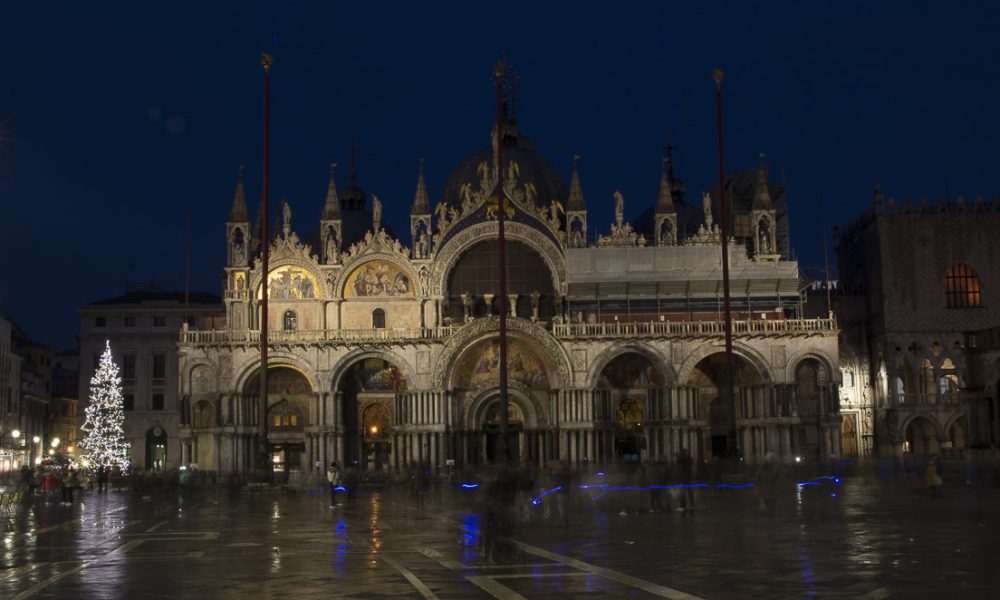Tijd voor tulpen! On January 16th thousands of Nederlanders celebrated the opening of the tulip season in Amsterdam during the national tulip day festivities. Over 10,000 fresh tulips were trucked into Dam Square in front the Royal Palace of Amsterdam and were arranged to represent this years theme of European togetherness.
“This is one of the largest events of the year for the Dutch,” said John Van Velzen, a local who came out to join the festivities, “Today marks the opening of the tulip season which runs to around April.”
People lined up from the late morning in preparation for the opening of Tulpenpluktuin, an event where people can freely pick tulips in the square. At one in the afternoon local politicians officially commenced the day’s festivities and thousands poured into the square to the beat of the Neuteblazers marching band.
Tourists and locals alike walked the rows of tulips to find the perfect flowers to pick.
“It’s an amazing display of culture and community,” said Elizabeth Padley, a London attorney on an anniversary trip with her husband, “we wanted to come and experience the beauty of these flowers.”
Although now seen as synonymous with Holland, the tulip wasn’t introduced to the Netherlands until late 1500s. The flower is native to the mountains of Turkey and is resilient to cold weather. In 1593 Carolus Clusius, a botanist and pharmacist planted the first tulips in Holland and the flowers immediately took to the the fertile Dutch soil and climate. At first tulips were rare to find in the Netherlands and the rich clamoured to get them and paid high prices for them.
In the early 17th century a single tulip bulb might cost 4,500 florins plus a horse and carriage. Tulips were so valuable banks used tulips as collateral for loans until a royal decree declared tulips as a product and not an investment. By the late 17th century tulip growing expanded and the prices dropped sharply.
Over the years tulips have been prominently displayed as a symbol for Holland in various types of artwork and celebrations around the Netherlands. During the tail end of World War II the Dutch had to resort to eating tulip bulbs because the German’s had stripped the land and people of almost all of the country’s food after the Allies cut off German supply lines.
In the years following World War II the Kingdom of the Netherlands has become the leading exporter of tulips and most Dutch see tulips as part of their national identity.
Thys Schepers, a member of the Tulpenpluktuin organizing group put in simply, “Tulips are Holland and Holland is Tulips.”



Comments are closed.